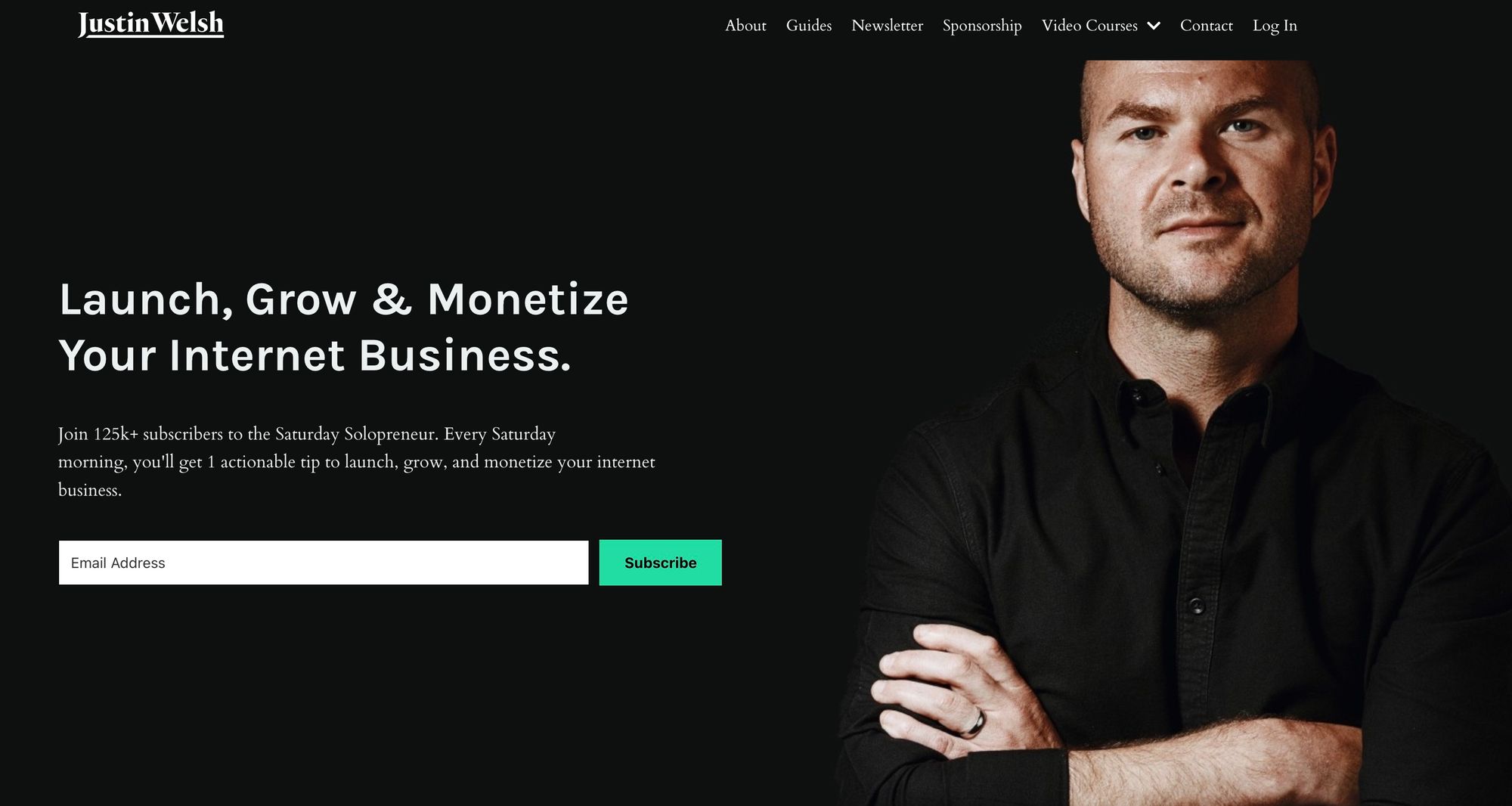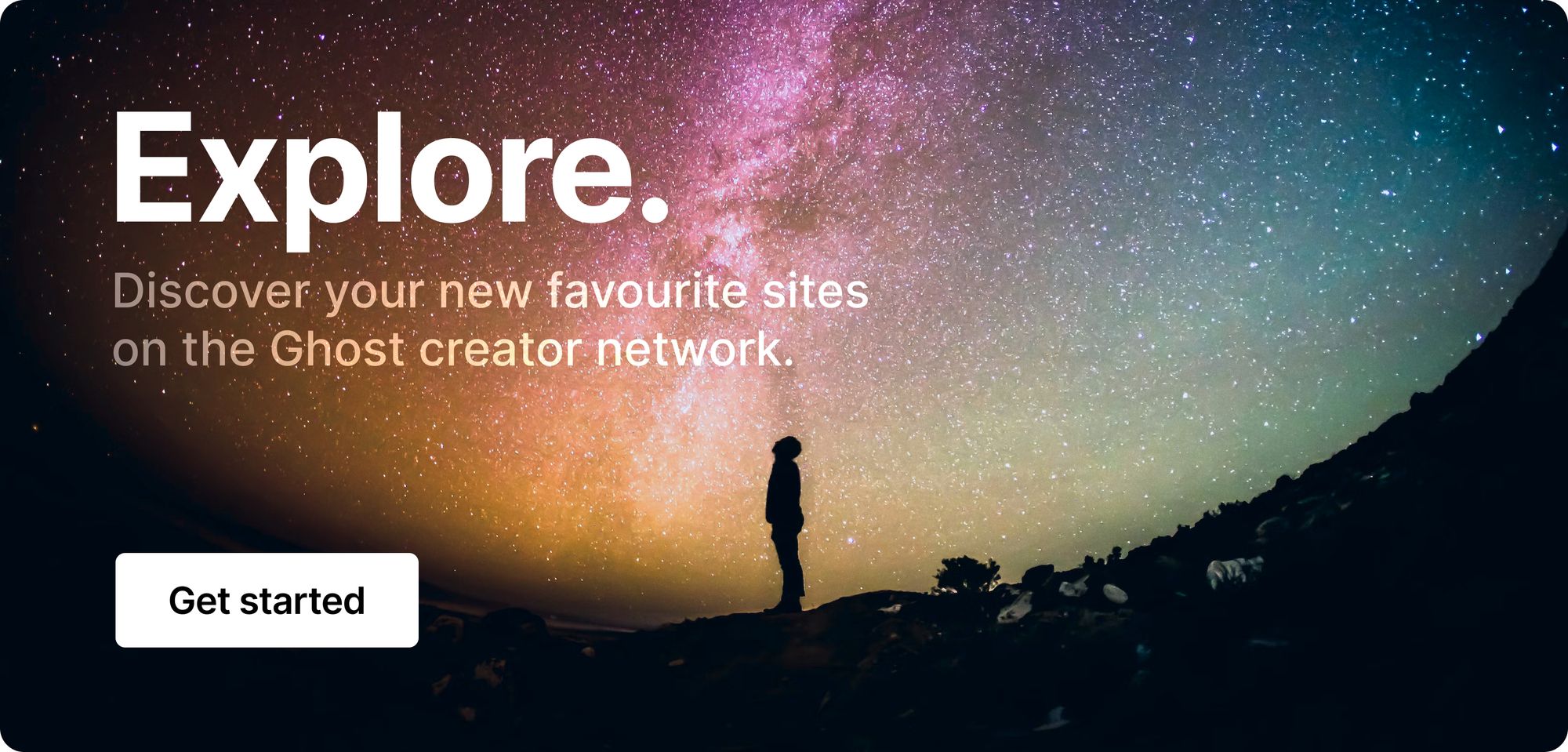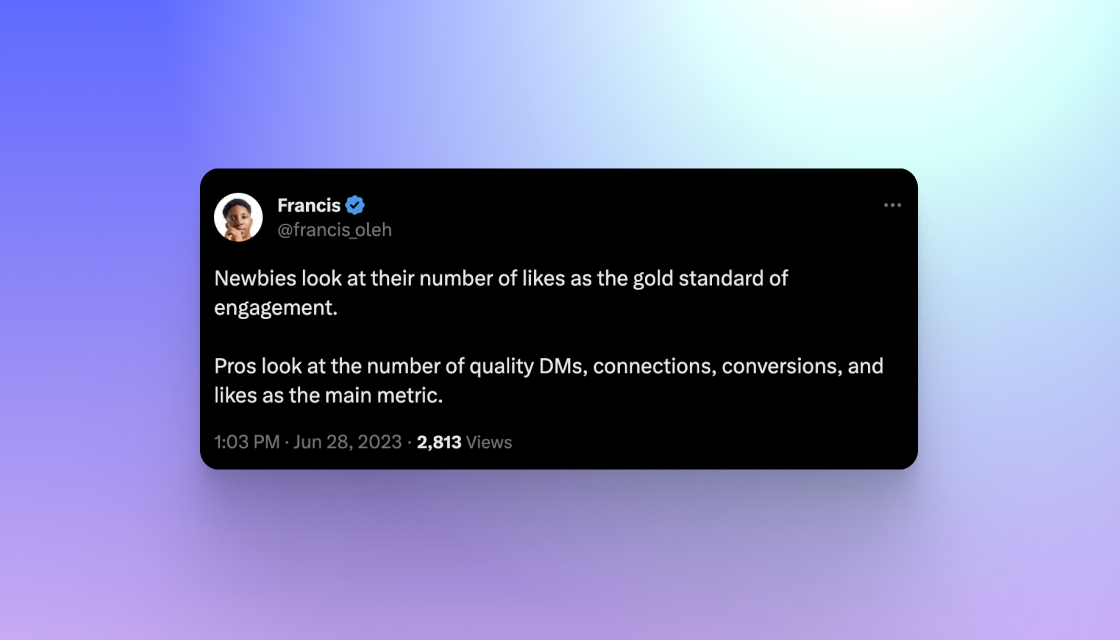🔀 Redirect and refocus
Welcome back, folks! This week's issue is packed full of actionable tips that you can take into your creative work today. Who said Sundays can't be productive?
💬 In this week's issue:
- Focus. A three-step process to sharpen your focus, plus some simple tools to use along the way.
- Homepage. 6 ideas to improve your homepage, stolen from top creative entrepreneurs.
- Expert mode. Find out how better research creates a path toward becoming a true expert.
Was this email forwarded to you? Subscribe here!
A guide to eliminating distractions

According to Günter Richter of the IndieHackers community, the most significant challenge independent business founders face is the ability to focus and prioritize what matters.
This lack of focus poses a real risk because not only does it hinder progress, but it can, in some instances, set the business backwards — Günter Richter
There are many types of distractions that can block us, from poor planning to procrastination, fear, risk avoidance, and shiny object syndrome. But thankfully, the steps to combat this don't have to be complicated. Günter goes on to share a three-tier model they used to make a shift toward managing multiple concurrent projects with ease — a requirement for any modern digital business.
Step 1 — Define a strategy and key objectives
Identify where you are now, where you want to be, and the steps you'll take to get there, and be as specific as possible to avoid making your strategy too vague. For example, rather than "build a paid newsletter" get specific about what that looks like, for example, "launch a paid subscription and attract 100 paid members in the next year".
Step 2 — Planning the tasks required to meet your objectives
The objectives you define in step 1 need to be broken down into more detailed steps. This is where you can identify specific tasks you'll need to do to meet your key objectives. For example, this can include market research, setting your price, building a paid offering, marketing, and more. Günter recommends using a Kanban board to put all of these tasks into a backlog in order of priority. We love this method of working too (we use Notion)!
Step 3 — Use of methods and tools to remain focused
With all of that planning in place, it's time to get down to business. This is where the real work comes into play. Here's some tools and tips to help remain focused:
- Set "deep work" slots in your calendar, and turn off notifications.
- Use the Pomodoro technique and work in 25-minute bursts with 5-minute breaks and repeat 3-4 times, with longer 30-minute breaks at the end of each cycle.
- Use a time tracker on your computer, some of them (like RescueTime) will also keep a log of which apps you use the most. This is useful for reviewing how productive working days are, but also helpful for those of us who overwork and burn ourselves out!
- Find a buddy! Join a community or find a peer to buddy up with and hold each other accountable. Co-working (digitally or in-person) can also be very helpful.
- Approach one task at a time (and yes, that means no scrolling social media during periods of focus ❌📱).
Sound obvious? Many people will do one or two of these, but all three are a must if you want to be genuinely successful — Günter Richter
Interesting stories & ideas 📚
- A 7-step framework for finding a profitable niche
- How to format a blog post for search success
- How to share links on Twitter without losing organic reach
- SEO doesn't have to be hard — here's a simple method to get started
- A publishers guide to content organization
6 homepage tips from the smartest creative entrepreneurs

Your website's home page is your center stage — a window to the world where you can sell yourself and your work.
Josh Spector studied the home pages of 10 successful creative entrepreneurs and discovered they have a lot in common. Here are 6 similarities they share that you can borrow for your own site:
- Prioritize email signups. This is where the funnel begins. Make your signup easy, and support it with some great copywriting. Here's an example:

- Feature curated content to help people find your best work really fast. Give people an easy introduction to your work without needing to put in any work to find it.
- It's not all about you! Your home page may be a window into who you are and your work, but it also needs to be about them, your audience. Make it clear what visitors are going to get. What problem does your work solve? What transformation will it help them make?
- Include a photo of yourself... or don't! This is a common trait on the home pages of many creators, but it's not a necessity. Creators like James Clear and Josh Spector don't use a photograph.
- Include social proof. This is non-negotiable. The easiest method of doing this is to include your audience number on your signup form ("Join 125k+ subscribers"), but if you want to go the extra mile, adding some real testimonials from readers is very powerful.
- Define your "key statement" that reflects a core belief of your work or approach:
@robertoblake emphasizes discipline.@HCWeiss
emphasizes big ideas.@TheCoolestCool
emphasizes that content shapes culture.@KateBour
emphasizes that too much marketing effort is wasted.
— Josh Spector

Become an expert at anything

How much time do we spend beating ourselves up because we feel like we're doing everything wrong? Are we the problem, or is it just the approach we're taking? Not everyone learns the same way, and what works for Person A may not work for Person B (all the way through Person Z). So, what's the key? How you research! Eric Barker walks us through how better research can be your secret weapon to becoming an expert at anything.
Effective learning is not intuitive. And it’s made even more unintuitive by the fact that your brain is lazy and will play devil-on-your-shoulder the entire time. It wants to do what is easy, not necessarily what’s effective. And when it comes to learning, what feels like it’s working often doesn’t and what feels like it isn’t working often does. When you feel stupid, it’s usually a sign you’re getting smarter.
Here's the breakdown:
- Discover what doesn't work. Surprisingly, what doesn't work is usually what most people spend most of their time doing (horrible note-taking). It's all about focusing on how you research rather than what you're researching.
- Be a better organizer. Treat your research like Lego Bricks - put them together, break them apart, lose that one tiny piece that's the load-bearing brick for the entire structure that they only gave you one of, and put them back together again.
- Give your research meaning. How does your research relate to you, and your goals? Putting feelings into all your facts helps your brain (and heart) care about what you're doing, and why you're doing it. Meaning means memorable!
- Test yourself. Yes, flashcards are still one of the best self-testing tools out there. We know it sounds boring, but it's bountiful. If you want everyone to trust you know what you're talking about, you have to prove it to yourself first.
- Apply what you've learned. Whether you're sitting down to compose an article about the next killer bee attack (they're not angry, just disappointed), or trying to convince your readers why Halloween should start in May, you should be feeling pretty confident in all the things.
I love learning. This website is basically a walk-in closet for things I’ve wanted to learn about. Sometimes the days are boring and never seem to change but that doesn’t mean life doesn’t change — because you can learn and grow and see more in the things around you. And when you learn something new that blows your mind, that’s an awesome feeling. It means the world is different than you thought it was. And whenever we learn about the world, we learn a bit about ourselves and our place in it.
Feeling smarter yet? No? Great! That means the process is working. The more you know, the more you realize what you don't know. That's what learning and discovery are all about. Now it's time to share what you've learned with your audience because that's what experts do — teach! 🎓
Curator's pick

Enjoy this newsletter?
Forward to a friend, sharing is caring.
Anything else? Hit reply to send us feedback or say hello. We don't bite!
Join an invite-only community! Connect with like-minded people who create content professionally — apply here.






